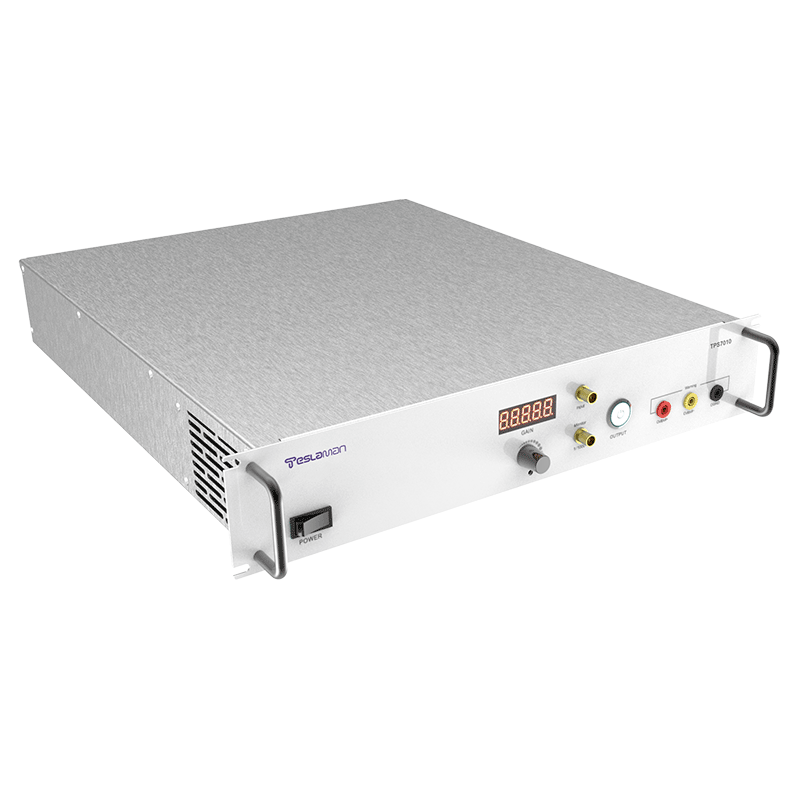Optimal Design of Thermal Management System for High-Voltage Module Power Supply
High-voltage module power supplies (HVMPs) are widely used in communication base stations, industrial control systems, and new energy equipment due to their small size, high integration, and flexible configuration. However, the high power density of HVMPs (usually 10-50 W/cm³) leads to significant heat generation during operation—if the heat cannot be dissipated in time, the internal temperature of the module will rise, resulting in reduced conversion efficiency, accelerated aging of electronic components (such as capacitors and semiconductors), and even permanent damage to the module. Traditional thermal management methods (such as single aluminum heat sinks) have limited heat dissipation capacity, making it difficult to meet the thermal requirements of high-power HVMPs.
An optimized thermal management system for HVMPs is designed by integrating structural optimization, material selection, and active cooling technology. The key design points include: (1) Structural optimization: Adopting a three-dimensional (3D) integrated heat dissipation structure that embeds the heat-generating components (such as power switches and transformers) into a metal substrate with internal microchannels; the microchannels (diameter: 1-2 mm, spacing: 3-5 mm) are arranged in a serpentine pattern to increase the heat exchange area, and the substrate is connected to an external heat sink through thermal vias, reducing the thermal resistance between the heat source and the heat sink by 35% compared with the traditional planar structure. (2) Heat dissipation material selection: Using aluminum alloy (6061-T6) with a thermal conductivity of 201 W/(m·K) as the base material of the heat sink, and filling the gap between the power components and the substrate with thermally conductive silicone grease (thermal conductivity: 6 W/(m·K)) to eliminate air gaps and reduce contact thermal resistance; for high-heat-flux components (heat flux > 50 W/cm²), a graphene-based thermal pad (thermal conductivity: 15 W/(m·K)) is used to further enhance heat transfer. (3) Active cooling optimization: Integrating a micro axial fan (airflow rate: 5-10 CFM) with intelligent speed control—based on the temperature feedback from a negative temperature coefficient (NTC) thermistor embedded in the module, the fan speed is adjusted in real time (from 1000 rpm to 5000 rpm) to balance heat dissipation efficiency and energy consumption. (4) Thermal simulation verification: Using ANSYS Icepak software to simulate the temperature field distribution of the HVMP under different load conditions (20%-100% rated power), optimizing the microchannel structure and fan layout to ensure that the maximum internal temperature of the module does not exceed 85 °C (the maximum allowable temperature of most electronic components).
In the test of a 1000 W HVMP (input voltage: 220 V AC, output voltage: 500 V DC), the optimized thermal management system reduced the maximum internal temperature of the module from 102 °C (traditional system) to 78 °C under full load operation, and the conversion efficiency increased from 88% to 91%. The accelerated life test showed that the service life of the HVMP was extended by 50%, confirming the effectiveness of the thermal management system in improving the performance and reliability of HVMPs.




















